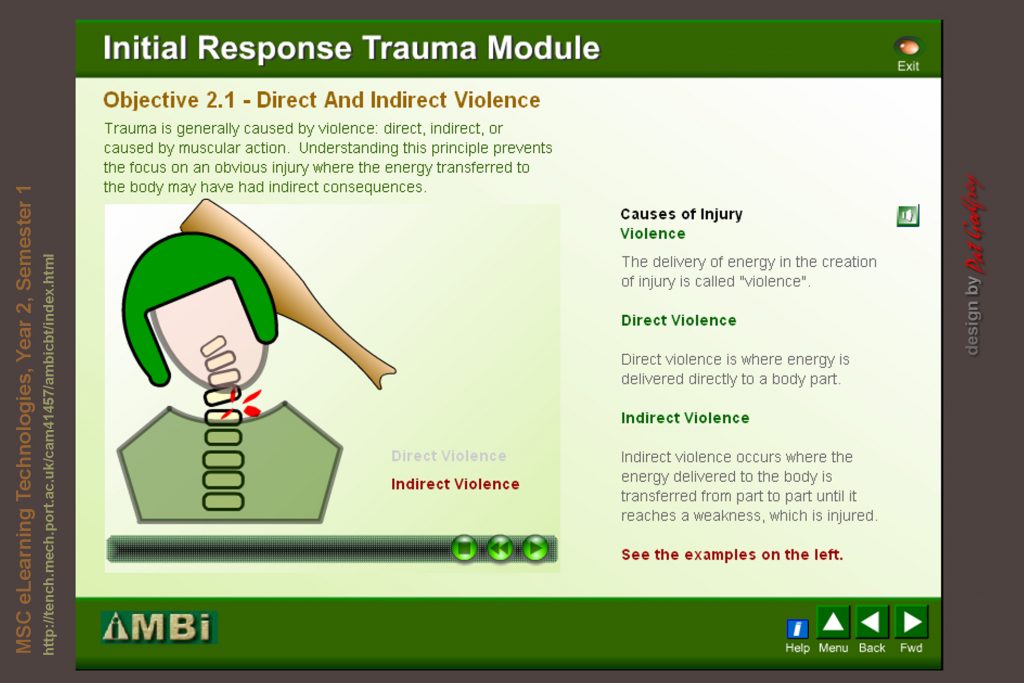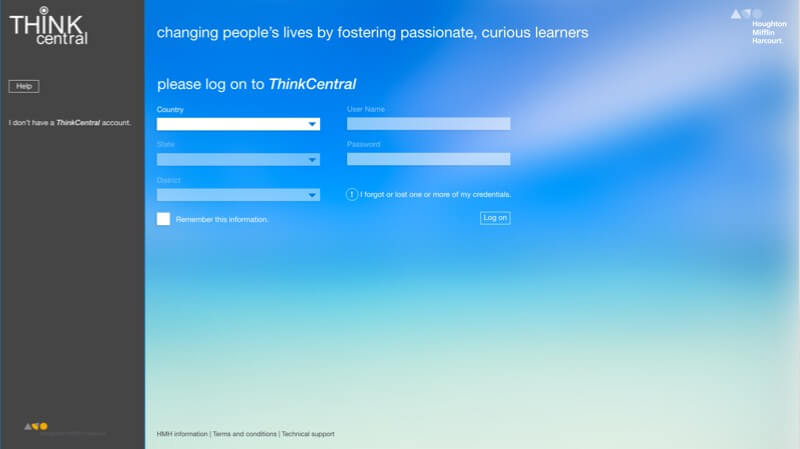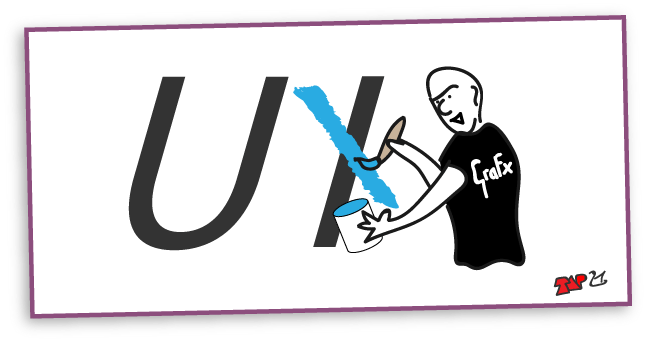I love learning. I love teaching and mentoring too because I get to learn from others. We all experience learning too. It’s what makes life and our user experiences (UX) interesting, engaging and delightful. Then again, if too much learning is needed then the experience becomes a chore.
A brief background
My user experience (UX) background is in teaching, designing and organising clinical and trauma simulation and learning. I have a Masters degree in Electronic Learning Technologies (eLT) with Distinction from the University of Portsmouth in 2007. I add the “Distinction” with pride. I didn’t have a degree when it started. (I graduated with the Level 8 City and Guilds Institute’s Leadership and Management programme during the first year of the MSc). What I had was a fresh Certificate in Education and Qualified Teacher Status and an already burgeoning passion for my own and others’ learning and exploiting technology to feed it.

Moving into the field of eLearning as a Learning Designer, I was thrown onto the coalface and into stringent user needs analyses, focus groups, learning maps, project designs, stakeholder meetings, vendor selection processes, and cross-team projects. I worked to deliver and to improve existing cognitive and UI patterns alongside Interaction Designers and Graphic Designers, Developers and Writers, Copy Editors and Copyrighters and our allied management lines. It was an exciting new world. Our blue-sky licence was backed up by research, SMEs, action, and output. Ridding us of the “More” button and trite long description files were among my achievements. Key to my joy in the role was our focus on the learner experience.



We were all too soon made redundant. Luck snapped me up to work on classroom based IT training products. It wasn’t as exciting as blended or eLearning although classroom trials were entertaining when teaching IT specialists what they already knew about what I had just learned!
Key to my success was the ability to feed back to the IT software and virtual machine (VM) vendors on their UIs (and UX). My eLearning experience was exploited to design information graphics (infographics), photo-realistic vector illustrations, presentations, process maps, etc. (I am not a qualified graphic designer. I’m still a creative).
It was my UX Consultancy in the making!












You can find more of my scribbles on my Art of Pat Godfrey Facebook page or my paintings on Behance page.
Little steps
I then consulted for Houghton Mifflin Harcourt (HMH) as a Learning Designer. And that was so cool. With my eLearning and learning design experience I quickly identified where print publication habit missed opportunities in the digital paradigm. “User Experience Designer” was not in HMH’s vocabulary. We approached UX combined with Learning, Interaction, and UI design. I wore a number of role titles over time for budgetary reasons. As each contract ended I was re-engaged with a new title while working in the same role.
Core achievements were in updating a legacy platform’s HTML/CSS architecture to improve usability and accessibility and in designing and engineering a simple and universal user support system. I learned new skills, too. Technical Writing sharpened my UI copy text and support writing. I was largely constrained by art direction. If I hadn’t been, and after updating the HTML and CSS, anything would have been possible?



Engagement with UX
I spent five years at HMH improving the UX and some of the UI (I could get away with) on legacy and new platforms. And the work on the legacy platforms was only formative: involving myself in and updating the sordid legacy table-layout and image-button history of the Internet made me fully understand the opportunities technology now brings to us.
Machine Learning and Virtual Reality are strong candidates for our future digital product delivery. We will predict the delightful and deliver the impossible. For example, holographic in-person mentorship is a reality now. The future is only too exciting and I look forward to learning of it.
Hiat(ux)
I attended interviews for contract and permanent UX roles convened by managers wanting pretty wireframes. We spoke of my 100% UX approach. They wanted it and then sold the UX short by hiring the 50% “UI” designers with beautiful portfolios and colour pallets. Frustrating. My Experience Learning Too website is a hand-coded HTML wire frame, prototype and usability test. It is not an art gallery.
While between contracts, my father needed care when dying in the UK. It took time. A long time, bless him. And then came his Estate to manage and a troublesome Trust. They take time, too. Not working is a luxury: time with my family, “managing” the gardens, and studying. Only, now I’m ready for my next role – and I fear the same rounds of interviews for UX graphic designer.



Another degree of UX
I have enrolled on the 2018-2020 IADT’s MSc UX Design to ‘top up’, develop, and translate my eLearning and Learner Experience knowledge and qualifications to our industry’s expectations.
I chose the programme and venue specifically to rub shoulders with visual designers and to discover what it is they do, or do not learn (to date) when transitioning into UX designers. I fear UX is often managed by art directors and pattern collectors with too poor an understanding of our digital paradigm to produce or police UX across all seven layers of the internet. I think and hope this programme will address that.
Presentation is after all, only one layer. Accessibility, usability, data, bandwidth and even our favourite gestalt concerns are much more than skin deep. An embroidery does not make a great duvet.



Behind enemy lines?
So, am I ‘behind enemy lines’? If so, then I am not here to fight. I am here to gather intelligence and to improve my own UX practice, which is often less visually appealing to UX managers who are art directors. And I need to be appealing. I have so much energy and user-centered insight to bring to your UX team and cannot put even a foot in the door if you judge me on the beauty or proliferation of my wireframes. And if we’re all on the same side, then what is it that hamstrings our industry into 50% UI and what do we do about it?
Kathrine Hargreaves says,
“Because design is about functionality, usability is more important than aesthetics. While designers talk a lot about designing for “delight,” the best designs are usable. Designers can add delight through sophisticated animations, friendly language, and unexpected surprises that anticipate users’ needs. However, if the design is not usable, all these delightful details don’t matter.”
Emil Lamprecht adds my favourite article, 7 Signs This Person Isn’t Actually A UX Designer:
“User Experience Designer‘ is becoming one of the most abused titles in the tech industry, full of fancy User Interface (aka, graphic) guys who’ve added wireframes to their portfolios and claim to be UX experts. Sounds harsh? Perhaps…”
“…big companies employ mediocre designers as well as excellent ones. There’s no guarantee that a solution is right just because it’s on a famous website. It might just be there because no one got around to changing it.”
(Bowels & Box, 2011).
Summary statement
I follow a universal and user-centered, inclusive, and whole Agile/lean-UX team 100% UX design workflow. I test “borrowed beliefs” and advocate ease of learning. I do not sell UX short with a 50% UI role. I design the UX and UI with all the layers of the Internet in mind, not only the Presentation. And now to improve the presentation… and process… and let me fit in.
Just watch this space. (And book me while I’m still cheap!) I’m so going to learn something here!
References
Bowles, C., and Box, J. (2011). Undercover User Experience Design. Berkley, CA, USA: New Riders.
Hargreaves, K. (2018). A Beginner’s Guide to User Experience (UX) Fundamentals. General Assembly. Retrieved September 25, 2018, from https://generalassemb.ly/design/visual-design/user-experience-fundamentals.
Lamprecht, E. (2014, July 8). 7 Signs This Person Isn’t Actually A UX Designer. UX Mastery. Retrieved September 25, 2018, from https://uxmastery.com/7-signs-person-isnt-actually-ux-designer/.
